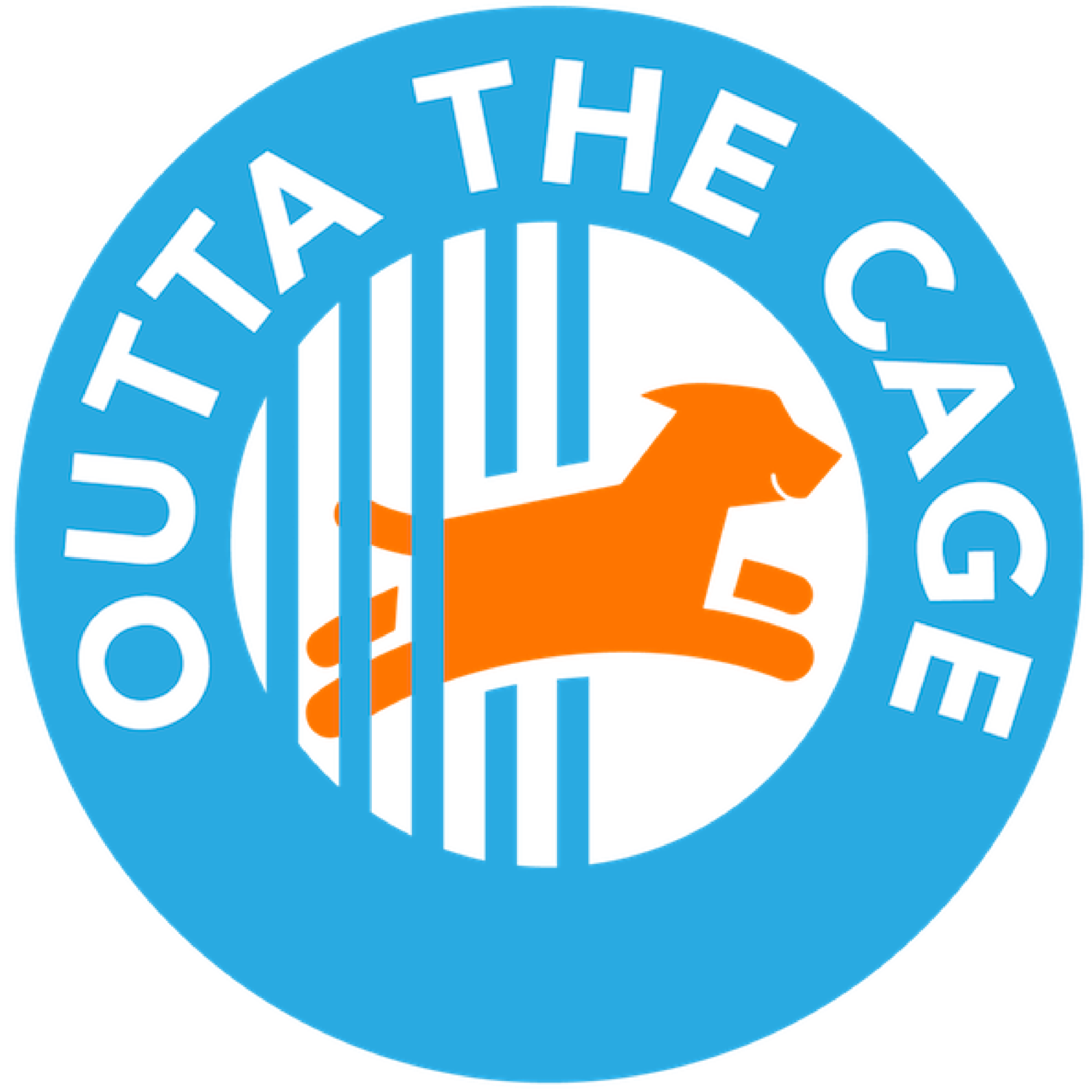Here are 5 misconceptions about animal shelter privatization
In which Jill advocates big thinking. For a change.
In a recent public hearing on the state of Los Angeles Animal Services (LAAS), I suggested that one way to fix the understaffed, overburdened, and inefficient L.A. city shelter system would be to privatize it. Subsequent speakers either supported or vilified the idea. There were probably assumptions on both sides, so I figured I’d share some facts on what might be involved in privatizing animal shelters.
First, what is privatization? Privatization means that an organization ceases to become a public agency and is put in the hands of a private group. This has been done in other industries (more on that below), with mixed results. In the case of animal shelters, benefits would include lower costs, more efficient management, technology modernization, and fresh starts for key programs like volunteer and foster initiatives.
Now, I’ll address 5 common misconceptions.
MISCONCEPTION 1.
A private animal shelter will have the same issues as LAAS has now: lack of leadership and a reluctance to change. Why bother?
The difference is in the oversight. The current LAAS management is an insular system. Promote-from-within policies, censuring of volunteers, and fear of liability result in stasis that has become enculturated. A private animal shelter system would be governed differently: by a coalition of like-minded groups that could include local animal advocates, outside professionals, non-profits, and notably, active volunteers. This group establishes the mission, creates a strategy, sets operational standards, solidifies reporting structures, and interfaces with local agencies.
One need only look at the Best Friends Lifesaving Center in Mission Hills as an example of a functioning private animal shelter. In 2012, Best Friends assumed the operations of the LAAS Northeast Valley Shelter. While not perfect – as a former municipal shelter, the facility is burdened by outdated shelter design – it has worked to funnel dogs out of LAAS shelters, while creating a more welcoming environment for adopters. Best Friends Animal Society is well-funded, has effective outreach programs, and attracts a dedicated cadre of volunteers. Due to a change in its mission, Best Friends recently announced it was consolidating its Mission Hills facility into its West LA operations.
MISCONCEPTION 2.
Privatization hasn’t worked for prisons. Why would it be any better in the animal shelter system?
It’s true that private prisons never realized their potential. While some data shows greater economies of scale and reduced recidivism rates, private prisons also have a higher degree of financial malfeasance and human rights violations.
But it’s a false comparison.
Unlike private prisons, private animal shelters would not be for-profit. Rather, the goal would be to become self-funded over time. Structured governance would prohibit overcompensated executives and establish penalties for mistreated inmates—in this case, animals.
A more apt comparison would be charter schools. A private animal shelter would receive government funding but be exempt from state or city operational constraints—freeing leadership to create a fresh mission, establish measurements for success, innovate with new programs and services, and hire from the outside.
MISCONCEPTION 3.
Privatization would abolish unions.
It depends on the charter. A private animal shelter system might choose to retain the union. Or it might ask that union employees re-apply for positions as direct employees. Unions are notoriously anti-privatization, often for good reason. However, animal shelter privatization proponents often cite how difficult it is to fire non-performers due to union power. “I can’t be a change agent if I can’t fire anyone,” an animal shelter manager recently confided.
In this case, however, the animal shelter’s charter would inform how and whether unions would be involved. The opportunity for a new, blended model for unions and direct employees is an option.
MISCONCEPTION 4.
L.A. Animal Services used to be private, and there was a reason it shifted to becoming a municipal agency.
I’m sure there was a reason. But that was back in 1947. If today’s LAAS system were a modern and effective organization, I could have written a blog post about the importance of fostering or the need for case management.
MISCONCEPTION 5.
L.A. animal shelters have been around for a long time. They are established and undoing them is simply too big an effort. It will never happen.
This might be the biggest misconception of all. Not the “bigness” part, but the overwhelming part. Like any disruptive change, it won’t happen overnight.
Privatization of LAAS should happen with a “pilot shelter.” Ideally, this would be a new property where existing infrastructure couldn’t jeopardize innovation. Animal shelter design has come a long way in the last 50 years and the pilot shelter could reflect what its community wants: bright, open spaces; kennels that don’t face each other and echo loud noises; gathering places; large play and training areas; and interactive screens where members of the public can browse through available animals, renew licenses, and fill out volunteer and foster applications. The list of improvements is endless.
But even an existing animal shelter could be refashioned as a platform for a new model of sheltering. Though the current shelter footprints aren’t ideal, it’s the culture, processes, policies, and decision-making that need overhauling. Once the pilot animal shelter is launched and operational, improvements can be made, and the pilot can serve as the model for the next shelter, and the next.
Privatization is disruptive.
And that’s exactly why we should be talking about it. Tired attempts at small, temporal changes are no longer enough. They’re taking time and energy away from the opportunity to refashion animal shelters as community-focused and innovation-friendly.
Someone once said that “thinking small is a self-fulfilling prophesy.” The future of animal shelters is not in the warehousing of homeless pets or fixing what’s broken in the traditional model. It’s in crafting a new model in which animals and their human companions can thrive through the provision of resources, skills, space, and yes, the vision to do it better.
Until we start thinking in terms of wholesale, disruptive change, more staff members will resign, more volunteers will opt out, more potential adopters will become disaffected, more angry letters to the paper will be written, and more animals’ lives will be lost.
How long do we all wait?

